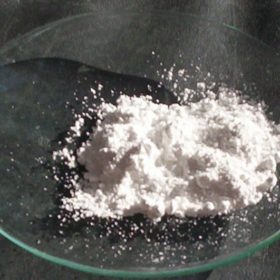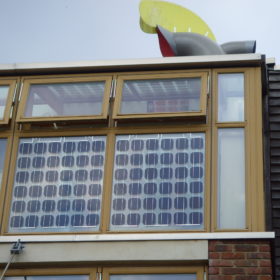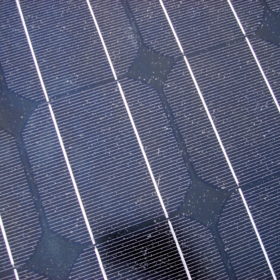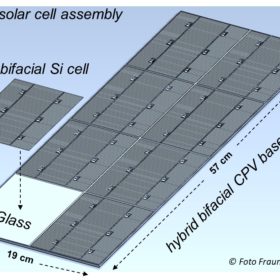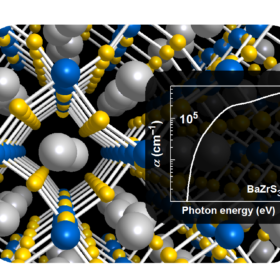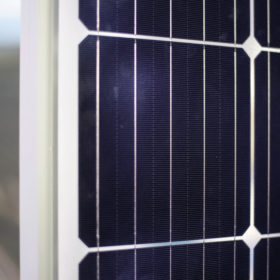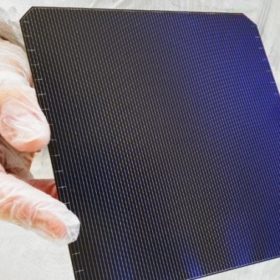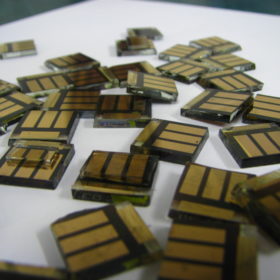A titanium solar cell with 24% efficiency
The Australian research team which developed the device said the higher efficiency was achieved through a nanowire design which eliminates the interface inside the titanium dioxide band.
MIT researchers say PV innovations should be deployed in niche markets first
Solar module manufacturers should begin testing new technologies in higher-value niche markets, say scientists at the U.S. institution. For example, bringing perovskite technology directly to the mainstream market remains prohibitive in terms of initial investment but segments such as building-integrated PV or microelectronics devices may offer better routes to commercial maturity.
Hunting hidden electricity in crystalline solar cells with new encapsulation technique
Korean researchers claim it is possible to extract more than 10% of ‘hidden electricity’ in crystalline solar cells using a new encapsulation process based on poly‐dimethylsiloxane coatings and a three-dimensional module structure. Compared to EVA films, the new coating is said to avoid cutting off short-wavelength light.
Fraunhofer ISE researchers develop bifacial hybrid HCPV module with output of 326 W/m2
The EyeCon module has a hybrid power output of 326 W/m² or a bifacial efficiency of 28%, calculated with the available global plus backside irradiance. According to the research team, the silicon cell generates between 23 and 42 W/m² of additional power when the diffuse irradiance component increases from 8 to 30%.
New perovskite promises 38.7% efficient tandem cells
Japanese researchers have identified a perovskite material with a strong band edge gap and high stability which they say could offer 38.7% efficiency if used in the correct tandem cell architecture.
Preventing LID in a 23.83% efficient Longi PERC cell
Australian researchers have unveiled hydrogenation technology to reduce light and elevated temperature-induced degradation in Czochralski silicon PERC solar cells. The developers say the process can minimize degradation without sacrificing performance in cells and modules.
French solar institute and Enel announce 24.63% efficiency for heterojunction solar cell
The efficiency of the cell, made with a standard M2 wafer, was raised around 0.7% by using an improved busbar-free screen printing metallization process based on heterojunction processes developed with manufacturing equipment provided by Swiss specialist Meyer Burger.
A new approach to performance simulation of heterojunction III-V solar cells
Scientists from Italy are proposing a new theoretical approach based on the combination of the scattering matrix method (SMM) with the Hovel method. The new model is said to describe with improved accuracy the propagation of electromagnetic waves in solar cells based on indium gallium phosphide (InGaP), indium gallium arsenide (InGaAs) and germanium (Ge), taking into account the interference effects. In their view, with proper antireflective coating III-V solar cells can reach efficiencies of more than 50%.
Watch how to improve perovskite solar cells in 2D!
Saudi researchers claim to have improved the thermal stability and moisture resistance of such devices by replacing 3D hybrid perovskite with two-dimensional compounds. They used organic compound ethanolamine, which is said to provide better results in slowing down the hot-carrier cooling process.
All-inorganic perovskite solar cell hits 16.1% efficiency
Researchers from the City University of Hong Kong have developed an all-inorganic perovskite cell with an electron-pair donor which offers a pair of non-bonding electrons. The cell was developed by applying that ‘Lewis base’ small molecule to passivate the inorganic perovskite film.
